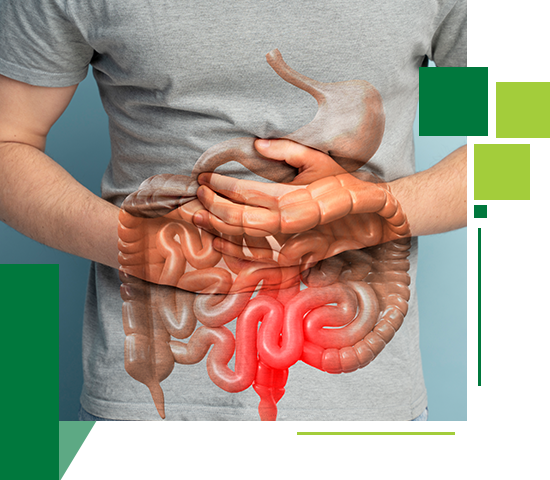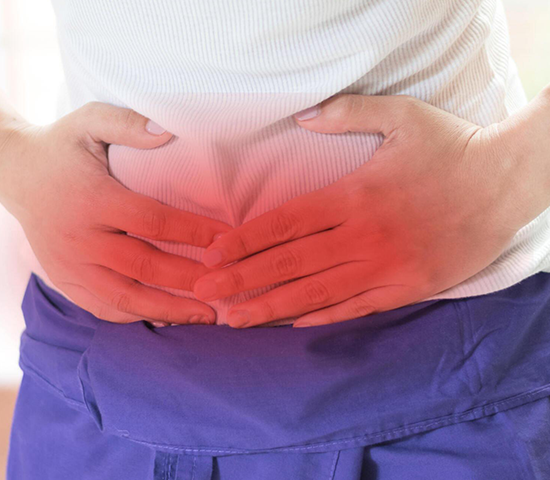Haemorrhoids or piles also known as “Arshas” in Ayurveda is a painful disease that causes small, fleshy bumps to grow and lead to bleeding in the guda or anal canal. The ancient Ayurvedic texts such as Charaka and Sushrutha Samhita, which were written around 1500 BC elaborately mention haemorrhoids and how they can be treated with holistic plant-based remedies. The Ayurveda mainly classifies piles into two categories sravi (bleeding) and shushka (non-bleeding) based on the blood flow. Navayur Herbals is a leading manufacturer and supplier of a wide range of Ayurvedic medicines available in various dosage forms for targeting various health segments.
The holistic Ayurvedic range at Navayur Herbals targets various symptoms of piles including rectal bleeding, itching, pain, and protrusion. It can be caused due to during bowel motions, prolonged constipation or diarrhea, obesity, and pregnancy leading to increased pressure inside the rectum.


 Natural Remedies for Haemorrhoids
Natural Remedies for Haemorrhoids
Ayurveda follows a holistic approach to treating haemorrhoids and their painful symptoms. Navayur Herbals has formulated a broad range of Ayurvedic formulations to provide relief from the painful symptoms of piles and offer long-term relief. We use age-old Ayurvedic medicine science and formulate our medicine range using haritaki, babool, neem, and nagkesar that help restore digestive fire, regulate bowel movements, and control bleeding.
Our Ayurvedic formulations are available in different dosage forms oral, topical, and many other. The key herbs used for formulating our Ayurvedic Range for Haemorrhoids are:
Nagkesar (Mesua Ferrea): The herb is used for its anti-inflammatory and astringent properties to reduce bleeding and swelling in piles.
Triphala: The combination of three herbs, Triphala is a mild laxative that regulates bowel movements help avoid constipation.
Guggul (Commiphora Mukul): A widely used herb for reducing haemorrhoid swelling and pain. It also helps improve digestion and promote healthy bowel movements.
Neem (Azadirachta Indica): The goodness of Neem is highly beneficial in treating piles. It helps reduce pain and swelling to prevent infections in the affected area.
 Solutions from navayur
Solutions from navayur
-
Rated 0 out of 5
-
Rated 0 out of 5
-
Rated 0 out of 5



 Natural Remedies for Haemorrhoids
Natural Remedies for Haemorrhoids



